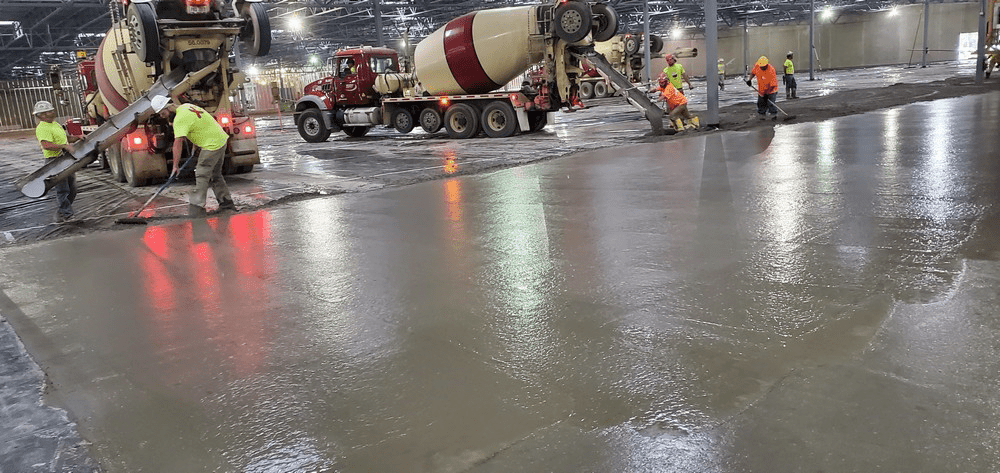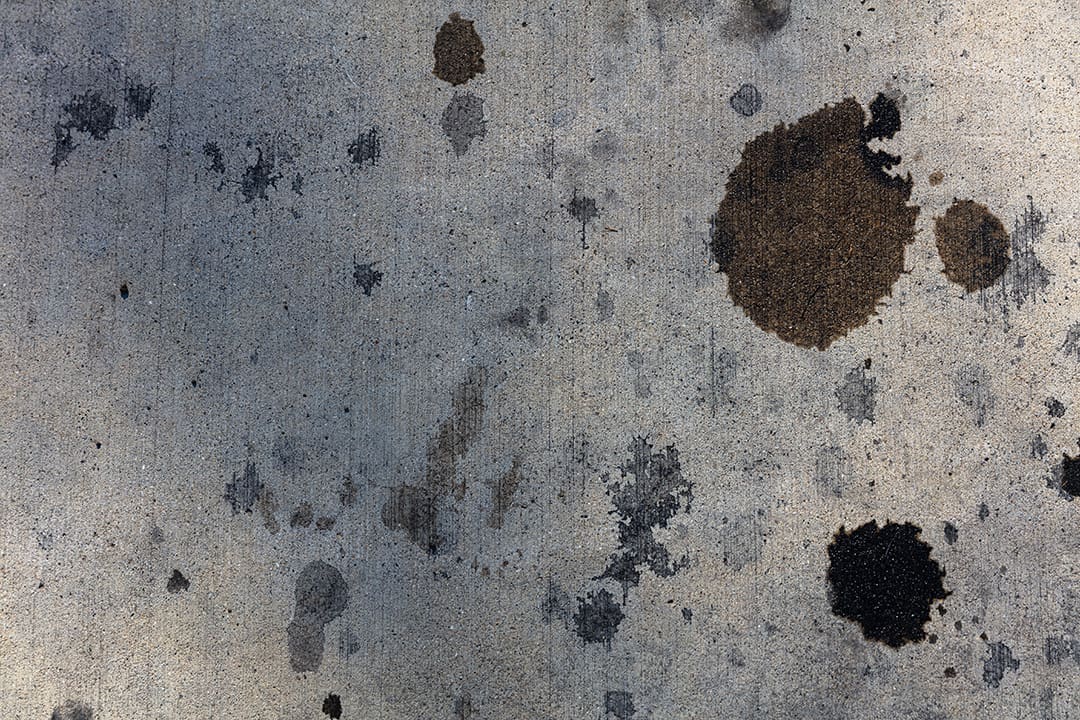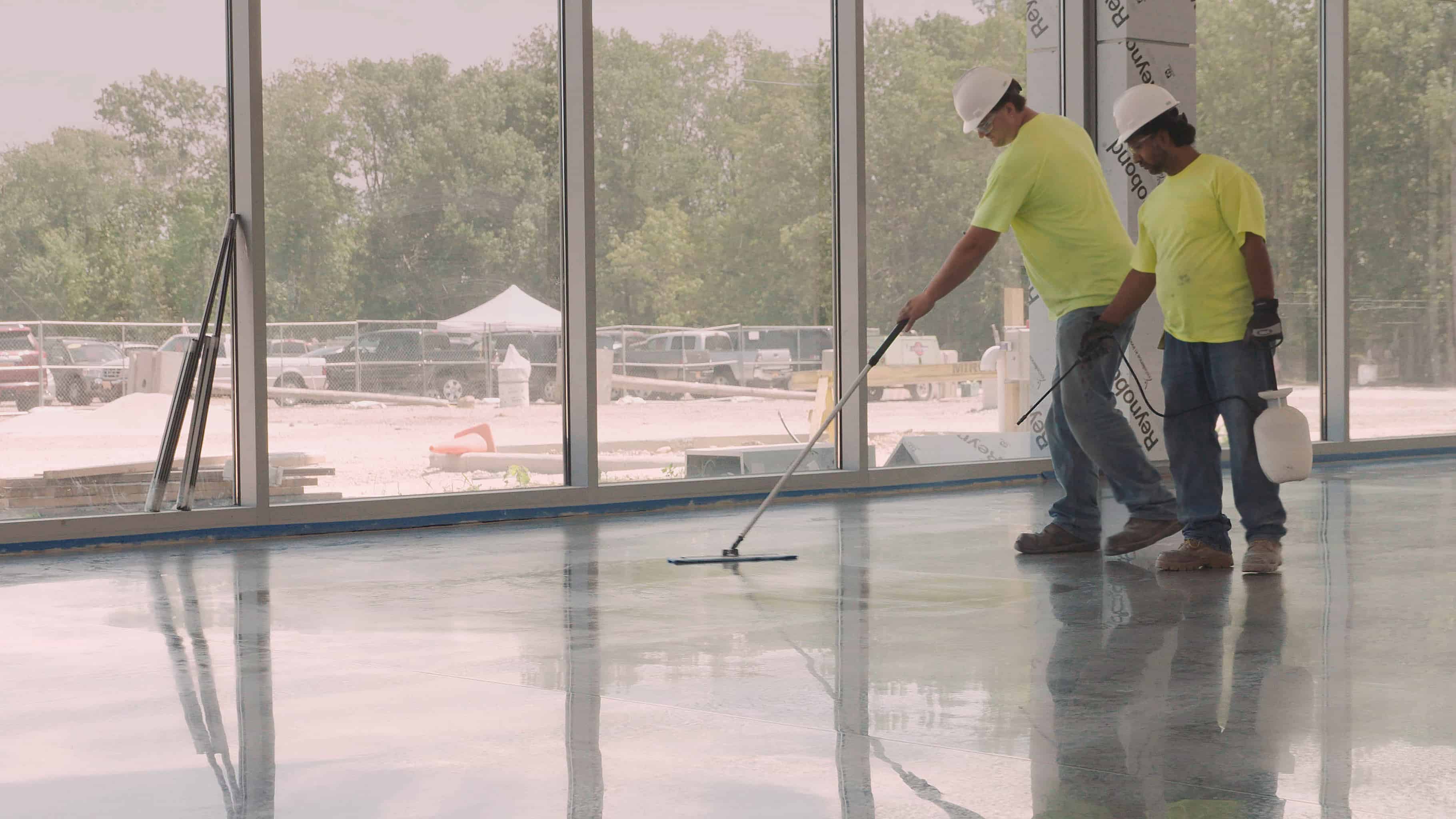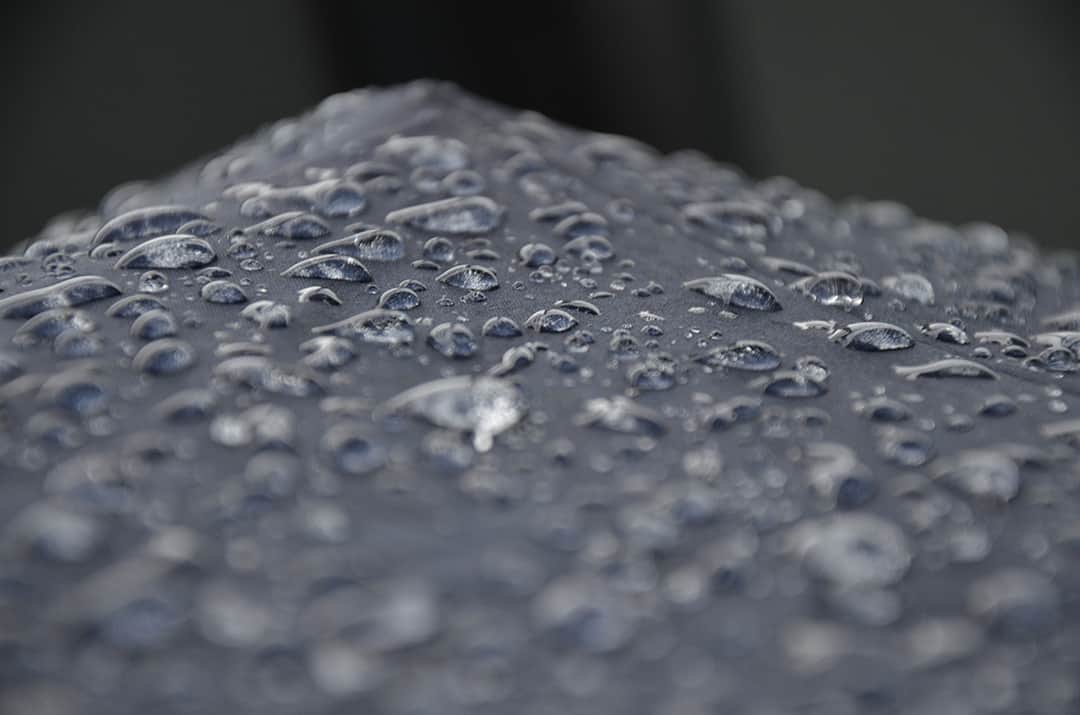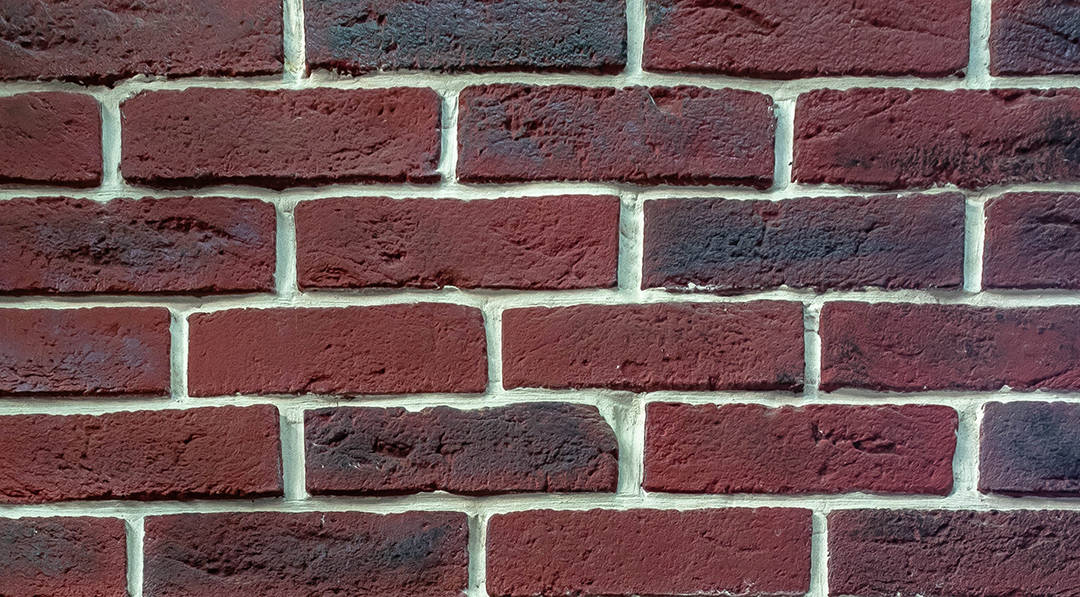Combined with the right sealer, concrete is able to successfully withstand UV and water damage, wear and tear associated with long-term use, abrasions, freeze-thaw cycles, and exposure to the elements.
A penetrating sealer for your concrete can give it long-lasting protection by altering its chemical makeup, reducing the need for reapplication. However, if concrete has been paired with a surface sealer, it will need to be reapplied occasionally based on the type of sealer used. Epoxies, for example, can last a lot longer than acrylics (or water-based sealers).
Unless you’ve applied a penetrating reactive sealer, you will eventually need to know how to remove old sealer from concrete prior to a reapplication.
Thankfully, this is an easy process which can be completed in just a few short steps. Let’s take a deeper look at the steps required to remove a concrete sealer.
How to remove concrete sealer from floors
Before applying a new sealer, it’s very important that you make sure the old one is completely gone. This is because any old sealer left on the surface of your concrete can impede the effectiveness of the newly applied sealant, preventing proper adhesion to the concrete surface.
The removal of old concrete sealer can be done in one of two ways: mechanical or chemical. The mechanical way involves using some kind of tool to physically grind, sand, or blast away the sealer.
This method can be noisy and damaging to the concrete. There can be significant scratching or damage sustained during the process of mechanically removing sealer.
How to remove sealer from concrete floors with chemicals
The other method to remove sealer from a concrete floor or patio, or to remove concrete sealer of any type, is chemically. You have some variety of choice when it comes to which products you want to use.
You may have heard that it is possible to use muriatic acid to etch your concrete surface. Unfortunately, muriatic acid is often used because it’s less expensive than professional products. However, using muriatic acid is not a wise idea because it can actually cause damage to the concrete surface and to people, pets and plants.
What is the best product for removing concrete sealer?
Cure & Seal Remover from PROSOCO is a professional-grade product that’s specially formulated for concrete sealer removal.
This product prepares your exterior flatwork or concrete floors for applying colorant, polishing, grinding, or whatever else you plan to do after you’ve removed all the old sealer. It’s able to remove even the toughest high-solids cures and seals from driveways, floors, patios, and many other types of concrete.
It is compliant with all known VOC regulations and works quickly without affecting the color of your concrete. It’s also low-odor, water-rinsable, and contains materials which are readily biodegradable.
Remove concrete sealer with a quality product
If you’re working with a concrete sealer that’s merely topical, at some point you’ll need to strip it away completely before you reapply a fresh coat. Products like PROSOCO’s Cure & Seal Remover penetrate deeply to completely remove all remnants of the old sealer, giving your new coat of sealer a fresh and clean surface to which it can adhere.
If you want to be able to add any kind of finish to your concrete, such as a translucent decorative finish, you’ll need a product that allows for this. A penetrating sealer like PROSOCO’s Consolideck LS will make a concrete floor more resistant to damage from water and surface abrasions. Sealing a concrete floor will also make it harder, less dusty and easier to maintain.
For more information on removing sealant from concrete, contact PROSOCO to speak with a professional. PROSOCO’s Customer Care team is available to help you find the right product for your specific conditions and circumstances, including stain, substrate and region. You can reach them Monday through Friday, 8 a.m. to 5 p.m., Central Standard Time, at 1-800-255-4255.
